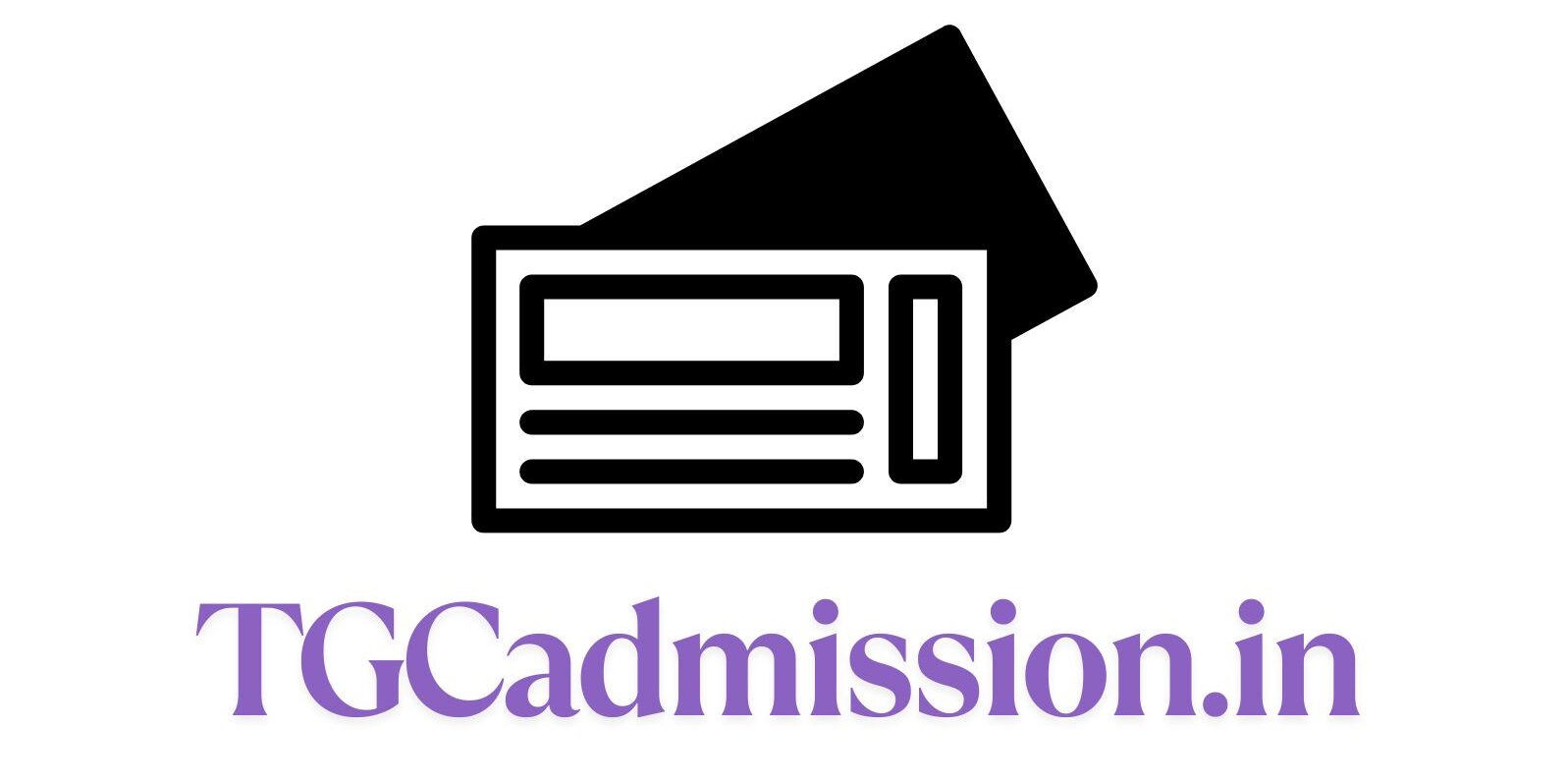Blogging has evolved from a simple hobby into a lucrative career option for many. If you’ve ever thought about starting a blog but didn’t know how to monetize it, this comprehensive guide is here to help you understand how to make money from blogging.
Table of Contents
- Introduction to Blogging
- Choosing Your Blogging Niche
- Setting Up Your Blog
- Creating Quality Content
- Building Your Audience
- Monetization Methods
- 6.1 Advertising
- 6.2 Affiliate Marketing
- 6.3 Sponsored Posts
- 6.4 Selling Products and Services
- 6.5 Membership Models
- 6.6 Online Courses and E-books
- Promoting Your Blog
- Analyzing and Optimizing
- Conclusion
1. Introduction to Blogging
Blogging is an online platform where you can share your ideas, knowledge, or experiences with a global audience. With millions of blogs available, it’s essential to find your unique voice and audience. Unlike traditional forms of writing, blogging allows for more personal expression and engagement with your readers.
In this guide, we’ll cover the various facets of blogging, from setting up your blog to monetizing it successfully.
2. Choosing Your Blogging Niche
The first step to successful blogging is selecting a niche that not only interests you but also has an audience. Below are some popular blogging niches:
- Lifestyle: Personal experiences ranging from travel, fashion, health, and wellness.
- Technology: Blogging about the latest gadgets, software reviews, or tech tutorials.
- Finance: Advice on saving, investment, budgeting, and financial independence.
- Food: Recipes, cooking tips, or food photography.
- Travel: Travel guides, tips, or experiences.
Tips for Choosing Your Niche
- Passion: Always choose a topic you’re passionate about.
- Research: Use tools like Google Trends, Ahrefs, or SEMrush to analyze what’s trending.
- Audience Engagement: Consider your target audience and what they are looking for.
3. Setting Up Your Blog
Once you’ve chosen your niche, you need to set up your blog. Here are the key steps involved:
Step 1: Choose a Blogging Platform
- WordPress: The most commonly used platform, offering great flexibility.
- Blogger: A free service by Google, good for beginners.
- Wix/Squarespace: Very user-friendly but less customizable.
Step 2: Domain Name and Hosting
- Domain Name: Choose a simple, catchy name that’s easy to remember and reflects your blog’s niche.
- Hosting Provider: Services like Bluehost, SiteGround, and HostGator provide reliable hosting for a reasonable price.
Step 3: Install Essential Plugins
If you opt for WordPress, you’ll want essential plugins for SEO (like Yoast SEO), security (Wordfence), and performance (WP Super Cache).
Step 4: Design Your Blog
Choose a theme that complements your niche and allows easy navigation. Ensure your blog is mobile-friendly, as many users access content via smartphones.
4. Creating Quality Content
Content is king in the blogging world. To ensure your blog is successful, you must focus on delivering high-quality content. Here’s how:
Personal Voice and Style
- Write in a conversational tone that reflects your personality.
- Share personal stories, making your posts engaging and relatable.
SEO Optimization
To rank higher on search engines, use keywords strategically, optimize your images, and ensure proper use of meta tags. Use tools like SEMrush or Google Keyword Planner for keyword research.
Content Consistency
Consistency is key. Maintain a posting schedule, whether it’s once a week or twice a month, but ensure quality is never compromised.
Types of Content
- How-to Guides: Step-by-step instructions on solving specific problems.
- Listicles: Lists can capture a reader’s attention easily.
- Interviews: Conversations with industry experts can provide unique insights.
5. Building Your Audience
Once you start creating content, the next challenge is building a dedicated audience. Here are some strategies:
Social Media Promotion
- Share your blog posts on platforms like Facebook, Twitter, Instagram, and Pinterest.
- Engage with your audience by responding to comments and messages.
Email Marketing
- Create an email list and offer a freebie (like an e-book or checklist) to entice sign-ups.
- Send regular newsletters with useful content and blog updates.
Networking
Collaborate with other bloggers in your niche to guest post or participate in round-up articles.
Engagement
Respond to comments on your blog and social media, encouraging discussions and creating a community around your blog.
6. Monetization Methods
Now, let’s dive into the various methods of monetizing your blog.
6.1 Advertising
One of the simplest revenue streams is through advertising. You can use:
- Google AdSense: Google’s ad network allows you to earn money based on clicks or impressions.
- Direct Sponsorship: Partner with brands to create sponsored content.
6.2 Affiliate Marketing
Affiliate marketing involves promoting products or services and earning a commission for every sale made through your referral links. Here are a few popular affiliate networks:
- Amazon Associates: The largest and most accessible affiliate program.
- ClickBank: Great for digital products.
- ShareASale: Offers a variety of brands in different niches.
6.3 Sponsored Posts
As your blog grows, brands may pay you to write posts about their products or services. This often involves disclosure to comply with advertising guidelines.
6.4 Selling Products and Services
You can create your own products like:
- E-books: Digital books related to your niche.
- Merchandise: Custom products like T-shirts, mugs, or planners.
- Consulting Services: Offer your expertise to businesses or individuals for a fee.
6.5 Membership Models
Create premium content or a community where members pay a subscription fee for exclusive content, resources, or services.
6.6 Online Courses and E-books
If you have expertise, package that knowledge into online courses or e-books. Platforms like Teachable or Udemy can help you reach a wider audience.
7. Promoting Your Blog
Effective promotion is crucial for the growth of your blog. Here’s how to spread the word:
SEO Techniques
Always optimize old and new content for search engines to drive organic traffic.
Social Media Ads
Invest in paid advertisements on platforms like Facebook and Instagram to reach a broader audience.
Cross-Promotion
Engage in cross-promotion by collaborating with other bloggers and brands.
Networking
Attend blogging conferences or workshops to meet potential collaborators and learn new strategies.
8. Analyzing and Optimizing
To ensure you’re on the right track, regularly analyze your traffic and audience engagement:
Google Analytics
Use Google Analytics to track visitor behavior, sources of traffic, and popular posts. This data can help you adjust your content strategy accordingly.
A/B Testing
Experiment with different headlines, images, or calls-to-action to see what resonates best with your audience.
Feedback
Solicit feedback from your readers through surveys or comments to understand their needs better.
9. Conclusion
Blogging offers numerous opportunities for those willing to put in the effort and time. It’s not an overnight success, but by following the steps laid out in this guide—choosing a niche, creating quality content, building an audience, and exploring monetization options—you can build a profitable blogging business.
Remember, persistence is key. Stay committed to your blog, keep learning, and adapt to changes in trends or technologies. With hard work and dedication, you can turn your passion for blogging into a sustainable income.
By using this guide as your roadmap, you can embark on your blogging journey with confidence, knowing you’re well-equipped to monetize your passion successfully. Happy blogging!

